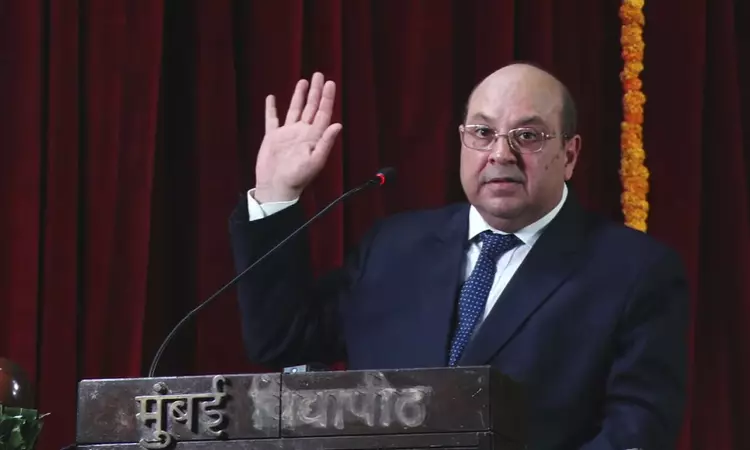Without independent and fearless judges the judiciary would fall and India would enter a new dark age, retired Justice Rohinton Nariman said at a lecture in Mumbai on Friday. "If you don't have independent and fearless judges, say good bye. There is nothing left. As a matter of fact, according to me, if finally, this bastion falls, or were to fall, we will enter the abyss of a...

